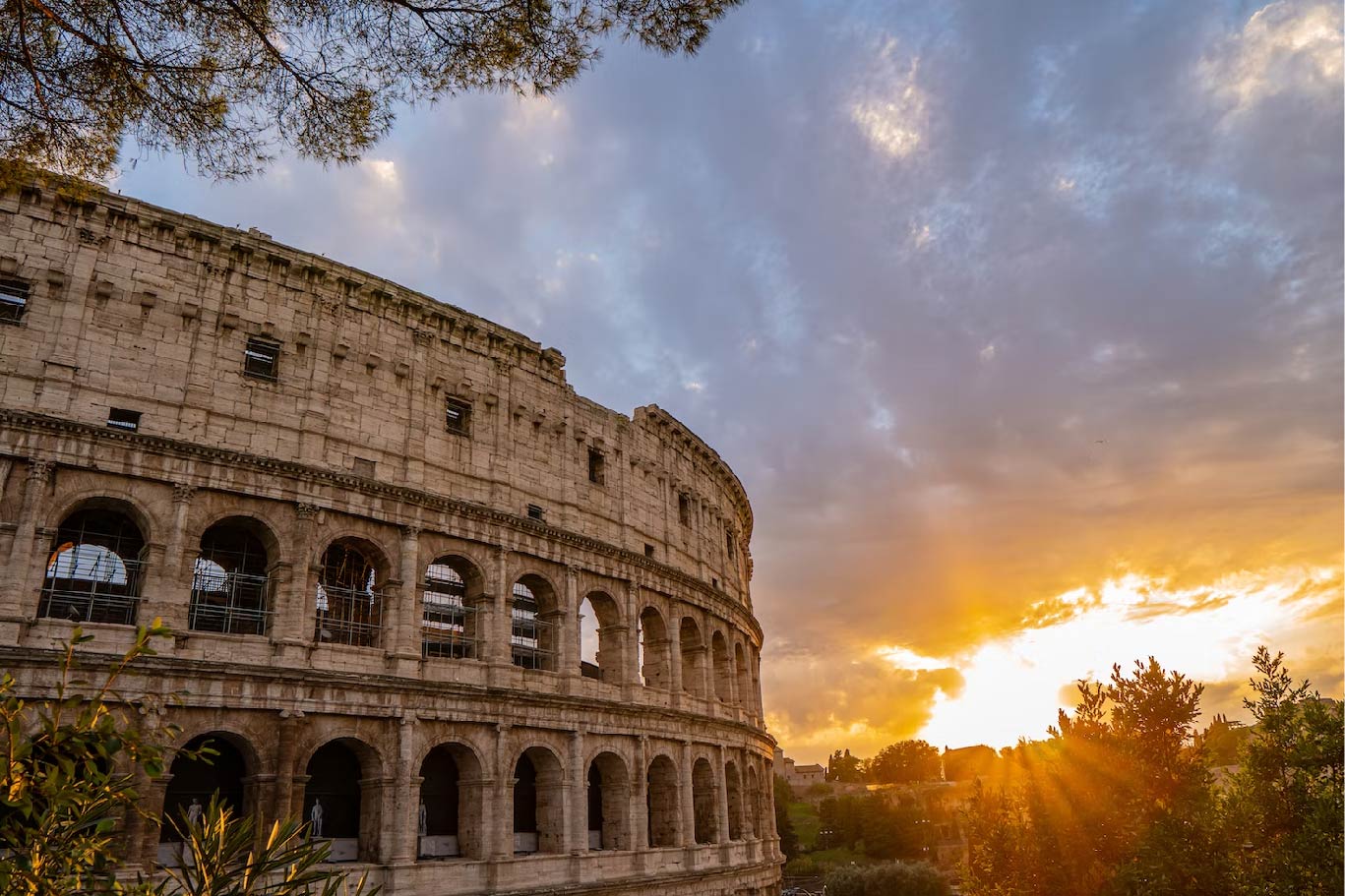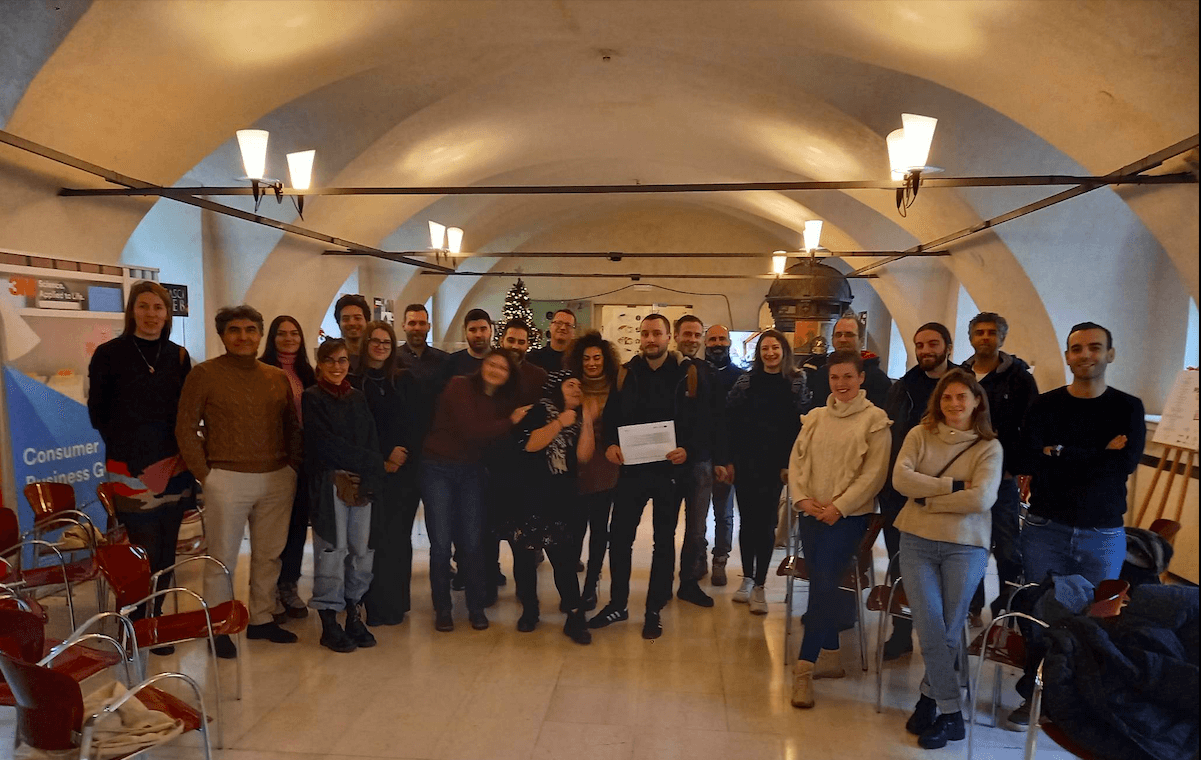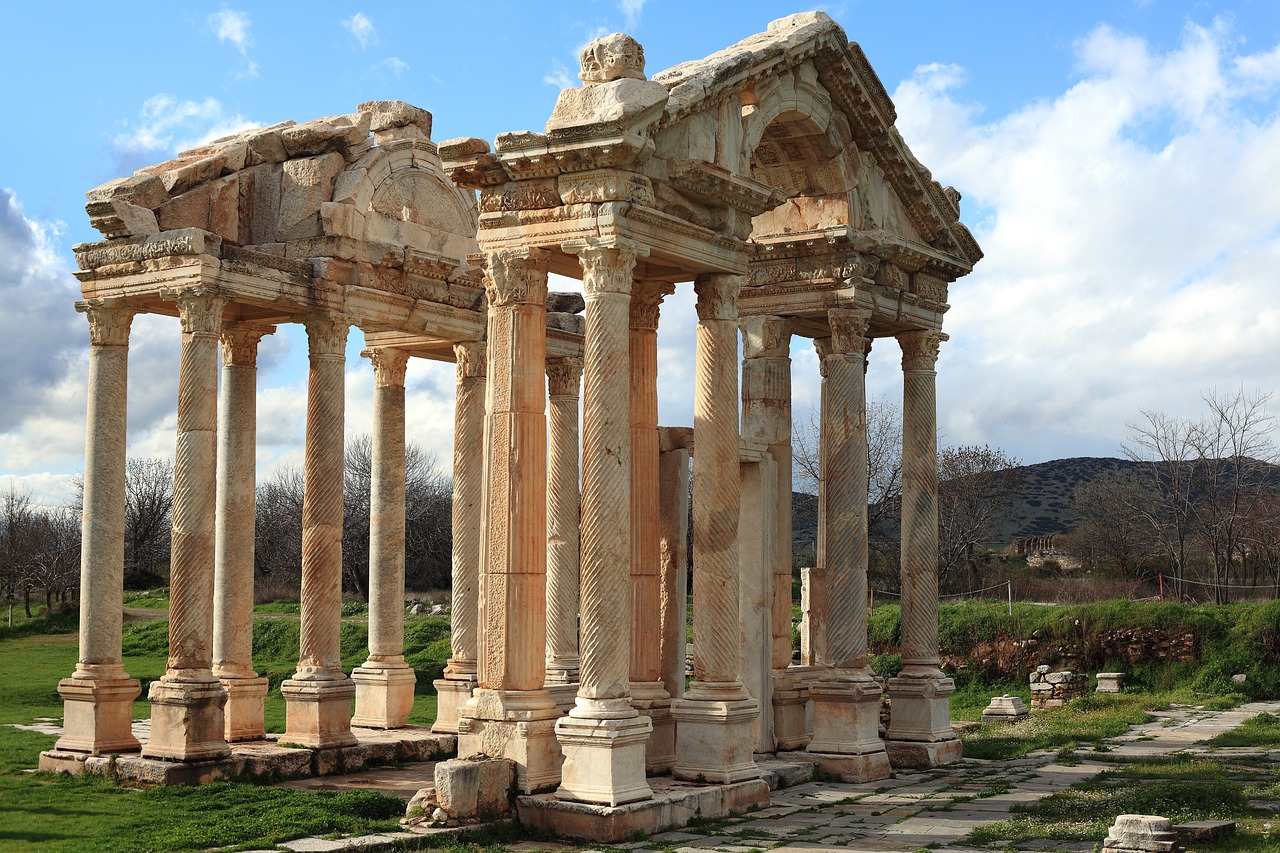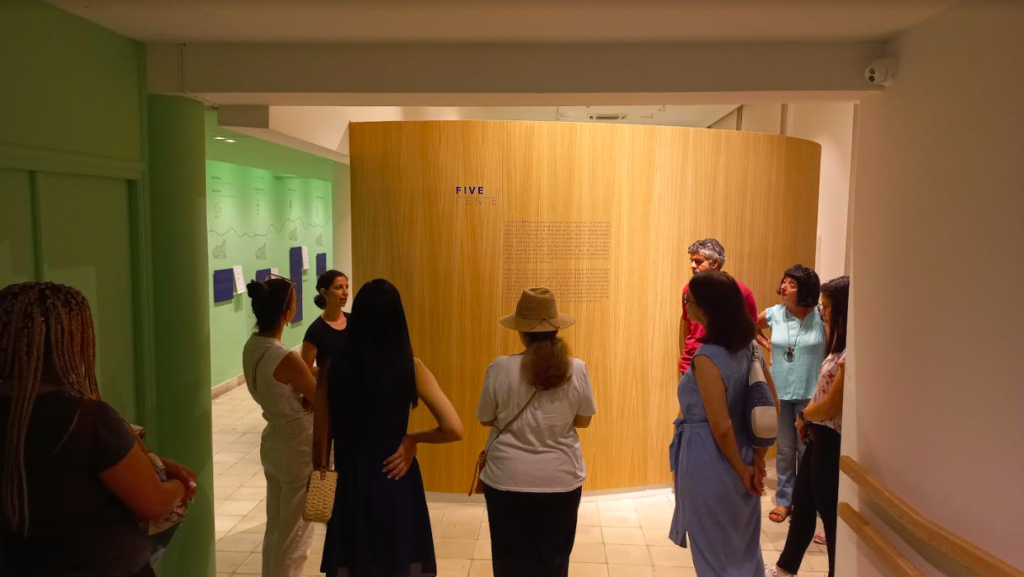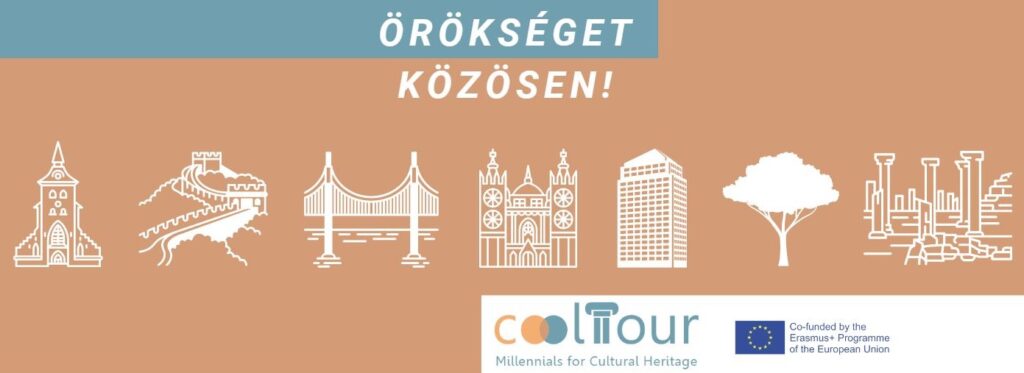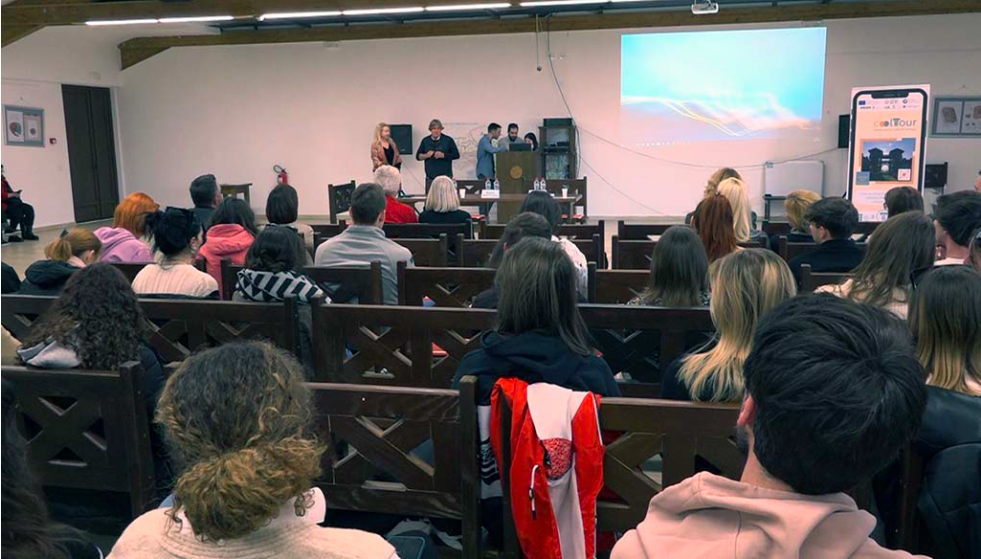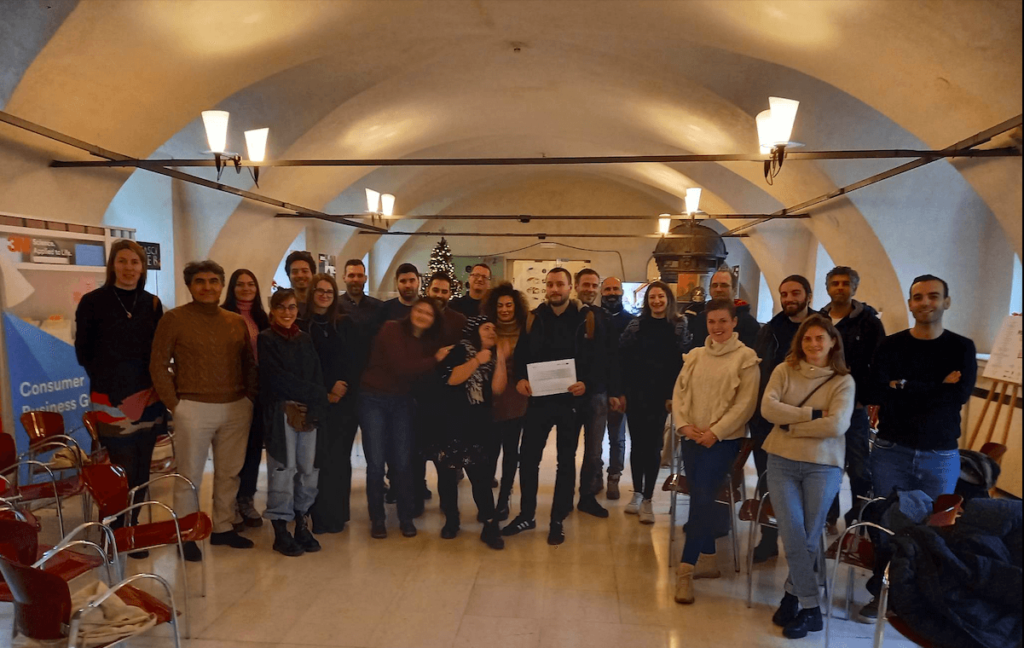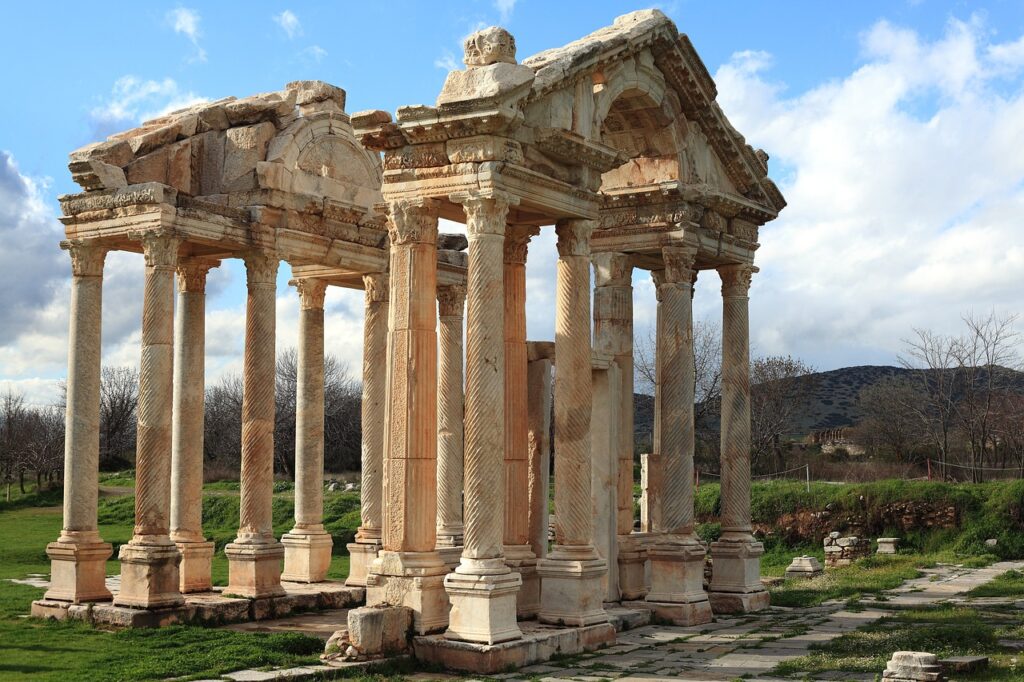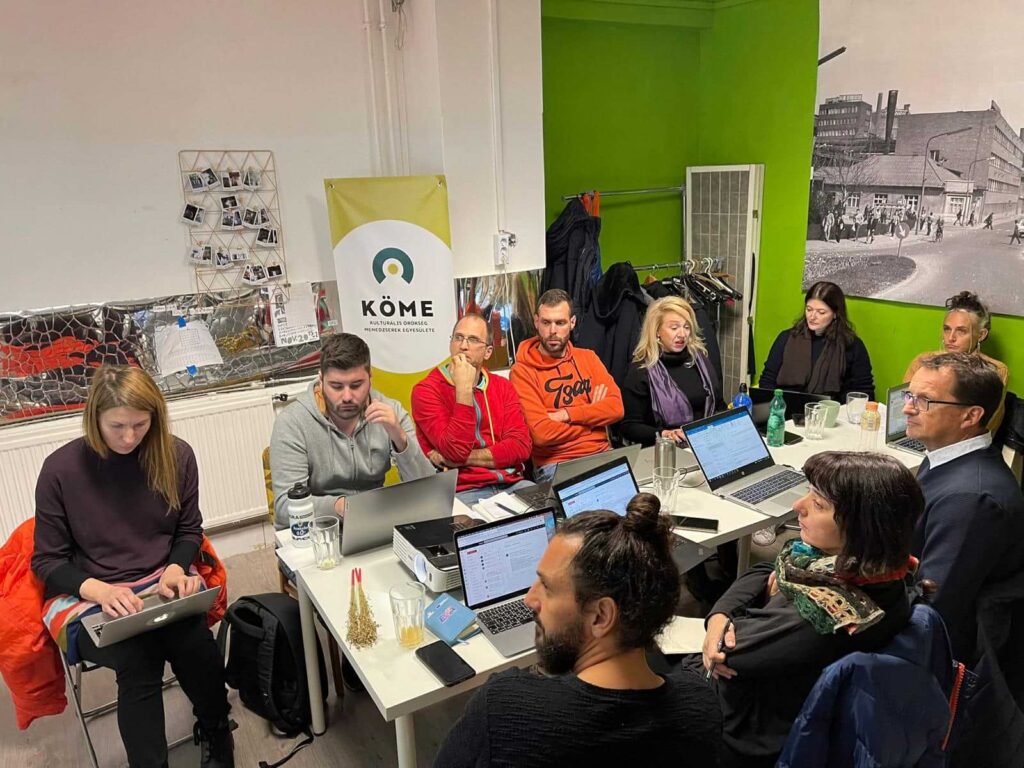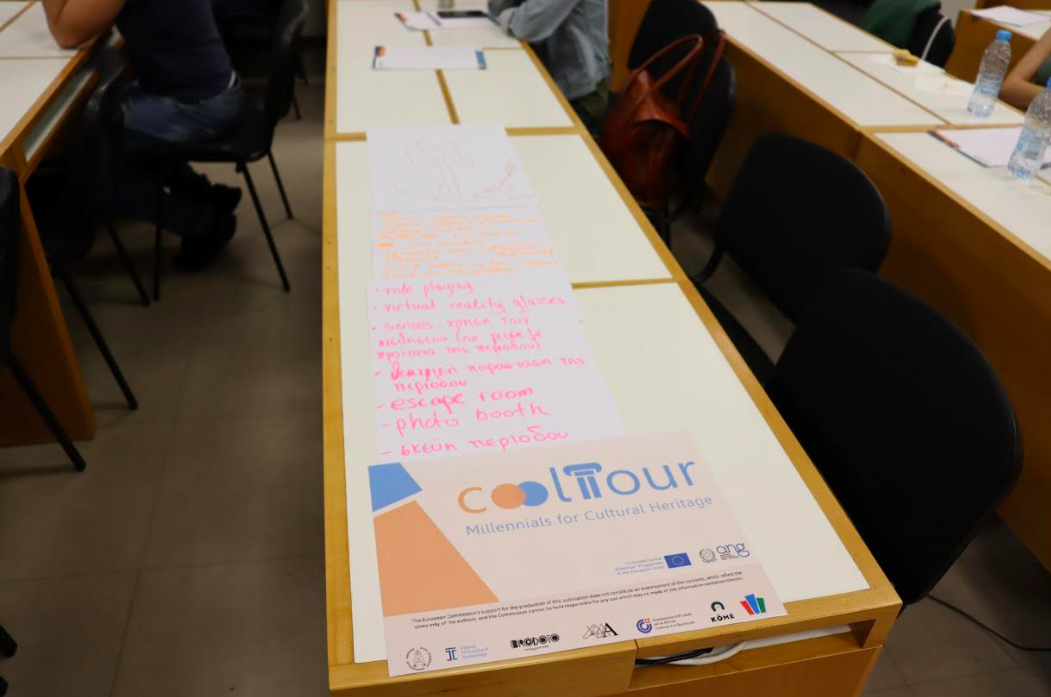
Author: Branimir Radaković

Newsletter No.8. – Pilot in Serbia
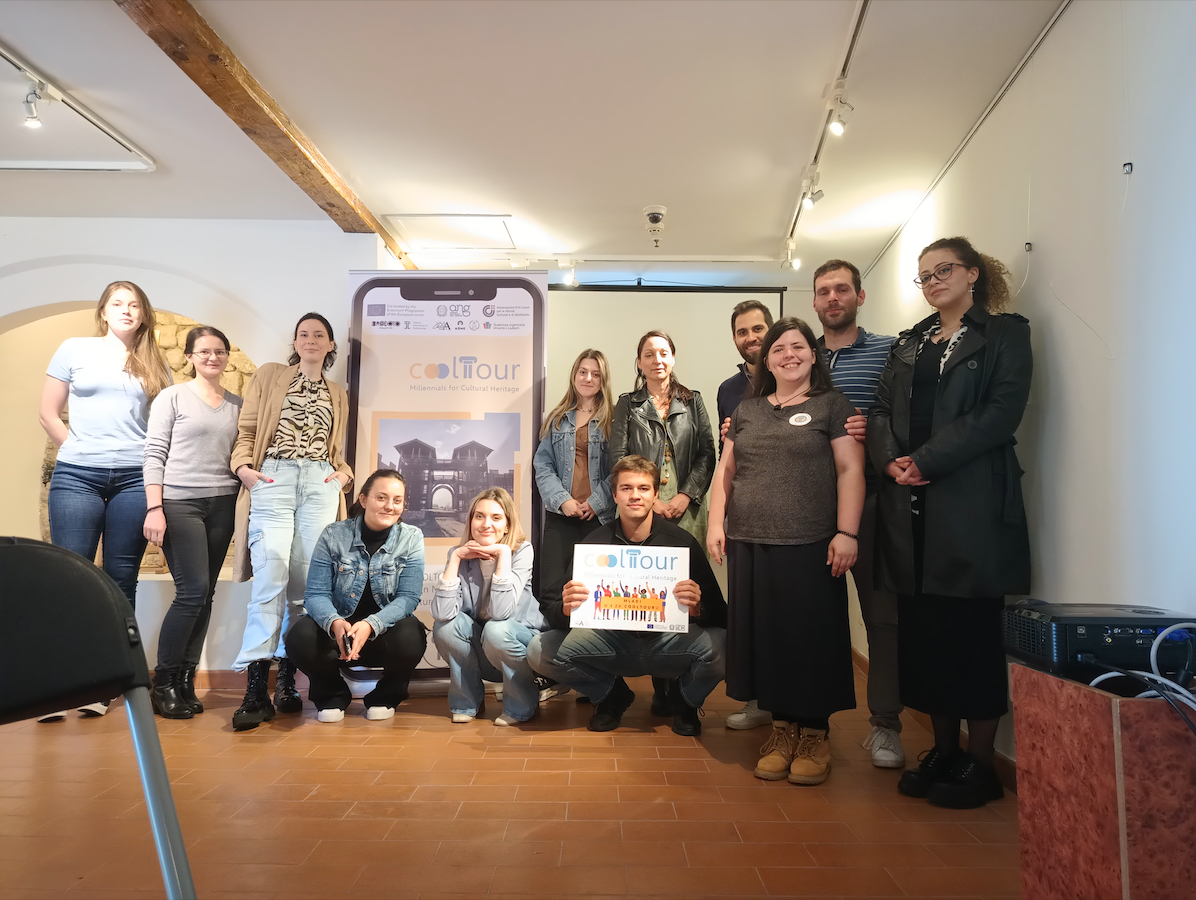
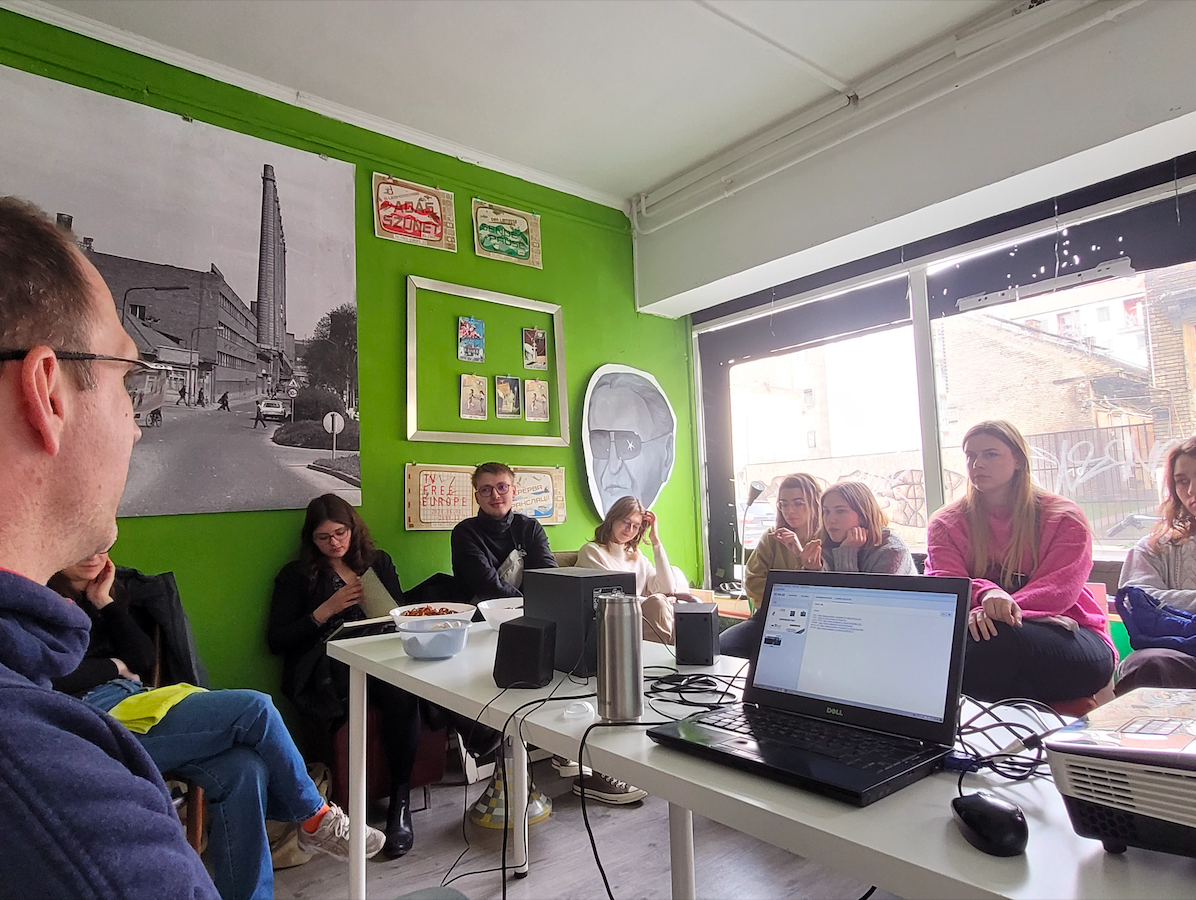
Following a bottom-up, collaborative approach, the Hungarian partner organised the national pilot through the open call titled “Heritage Together”, published in order to find out what Budapestians consider as their heritage.
To find out which sites were included, what was the methodology & more, please download our CoolTour Newsletter No. 7.

The Croatian pilot workshop took place on June 5th, 2023, in the Archeological Museum in Zagreb Gallery. The pilot was organised as a public event in the form of moderated discussion and roundtable to collect good practices from local museums and heritage institutions, under the title “Youth and Cultural Heritage – what interests Millennials?”
To read more, please download our newsletter: CoolTour Newsletter No. 6
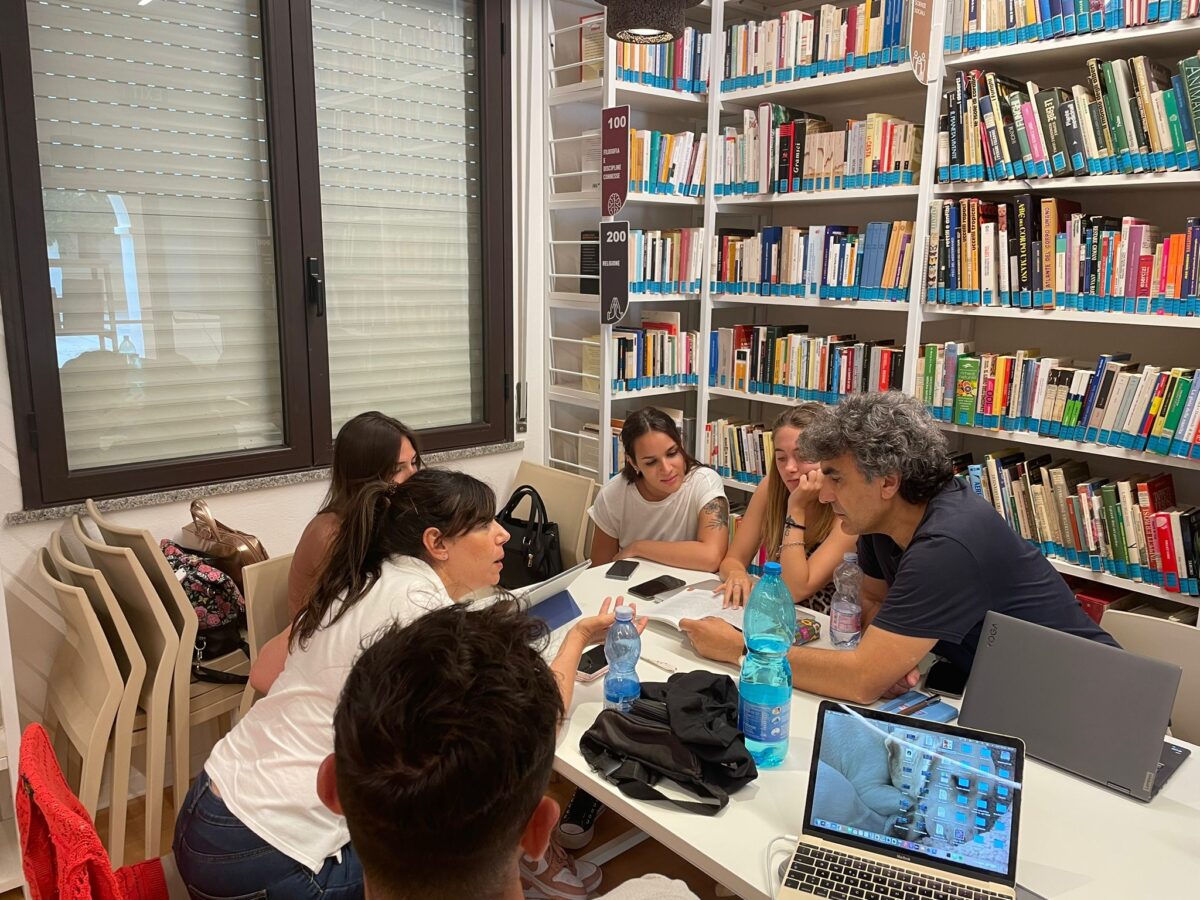
Throughout May, June, and July 2023, piloting activities are being carried out in all participating countries, in order to test and validate the draft version of the COOLTOUR platform and the toolkit for heritage managers. Italy is no exception.
The Italian pilot workshops took place throughout June 2023, in four heritage sites in the southern part of Sardinia/ Sardegna. The team fine-tuned the project’s methodology, using a tailor-made system to adapt to the particular needs of the sites.
Read more in the Cooltour Newsletter No. 5.
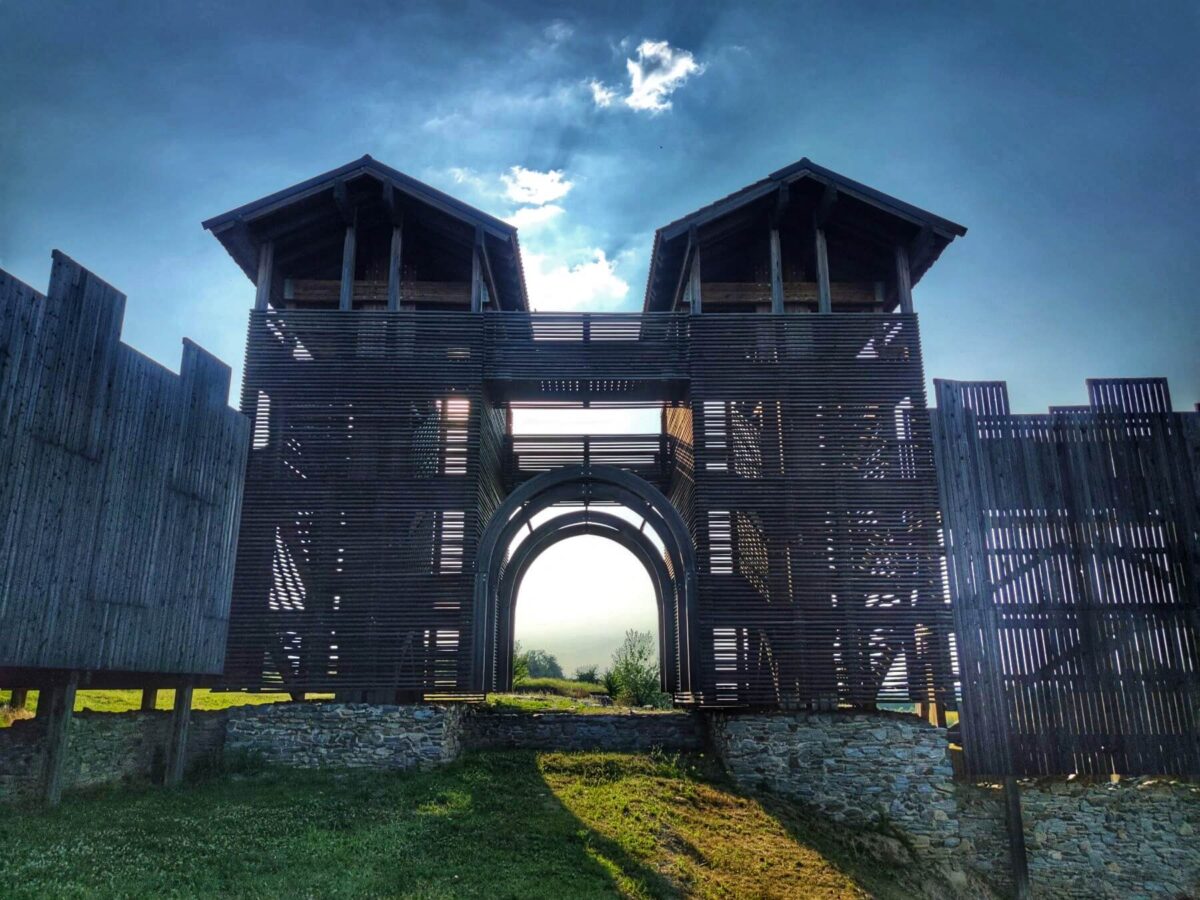
Over 60 students from Slovenia, Croatia, Cyprus, Italy, Hungary, and Serbia, along with several teachers, tutors, professionals, and educators, participated in COOLTOUR mobility of young people in the Viminacium Archaeological Park, Serbia, from March 27 to April 1, 2023.
They joined the programme in order to discuss and promote cultural heritage with a particular focus on millennials. The participants engaged in many activities, such as creating interactive and creative digital content related to Viminacium, testing the COOLTOUR project’s new digital platform, and attending expert lectures on ancient topics such as love, beauty, magic, death, as well as Roman culinary workshop. The objective was to establish a quality dialogue between cultural heritage experts and millennials to popularize and better value cultural heritage.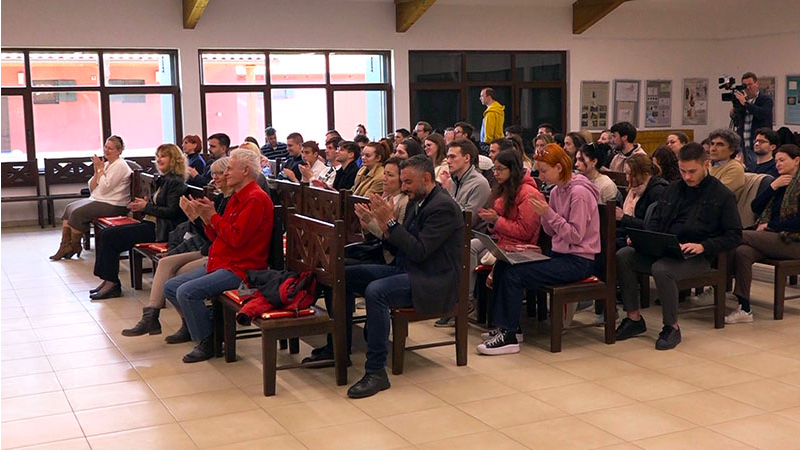
The organizers aimed to create a safe and productive space for young minds to explore cultural heritage by using a flexible and innovative methodological framework. The participants visited several local sites, such as the Ram fortress, the Gallery of Milena Pavlović Barilli, and the National museum of Požarevac. The program encouraged workshops with storytelling, critical thinking, and associative thinking to connect the past with the present. It aimed to make cultural heritage relatable and more engaging, which would stimulate young people’s interest and increase society’s quality.
The event also included a round table discussion, where marketing and branding experts, tourism specialists, and dramaturgy and writing experts provided lectures and comments to the students’ solutions. Dr. Branka Novčić Korać, who specializes in marketing and branding, represented Faculty of Organizational Sciences, while Dr. Bojana Plemić represented the Faculty for Applied Sciences – Tourism College and provided insights into tourism. Finally, Dr. Miomir Petrović, a writer and professor at the University of Union-Nikola Tesla, contributed to the discussion on dramaturgy and creative writing and storytelling.
The students’ work and the new methodology developed will be the foundation for the COOLTOUR manual and the next steps that will follow on the project – which we are more than happy to engage with.
